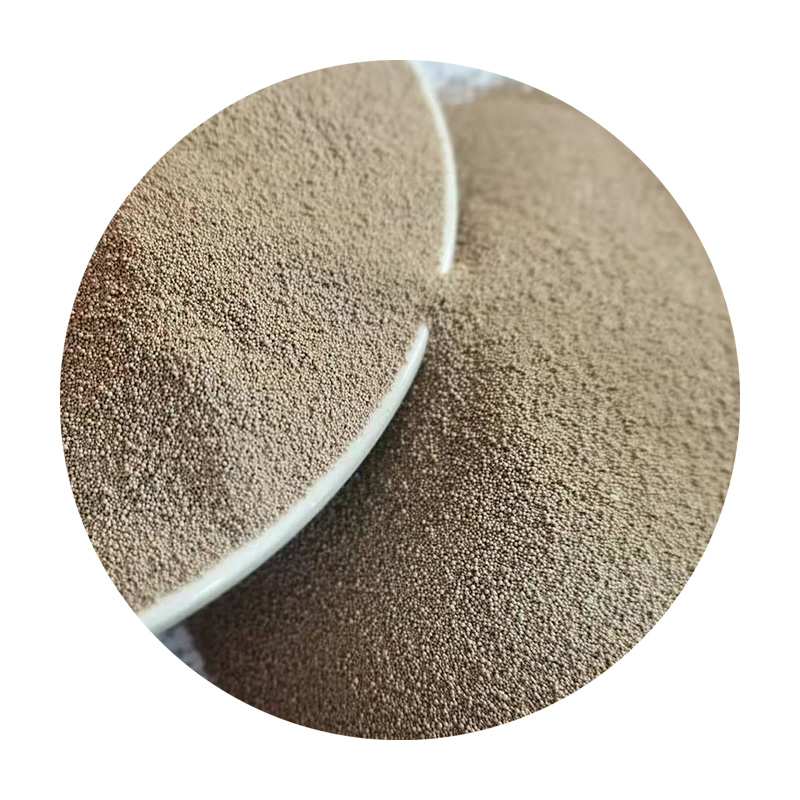The History of Sand Casting
Sand casting, one of the oldest methods of metal casting, has a rich history that dates back thousands of years. This casting technique involves creating a mold from a mixture of sand and a bonding agent to form a cavity into which molten metal is poured. The flexible and adaptable nature of sand casting has allowed it to endure through centuries, serving various industries and purposes.
The origins of sand casting can be traced back to ancient civilizations. Archaeological evidence indicates that the art of metal casting was practiced as early as 3000 BCE in ancient Egypt, where craftsmen produced tools, jewelry, and weaponry using primitive casting methods. As civilizations advanced, the techniques also evolved, with the Chinese and Mesopotamians making significant contributions. By 1000 BCE, sand casting had spread to China, where intricate molds were crafted for bronze artifacts.
The History of Sand Casting
Green sand consists of a mixture of silica sand, clay, and water, which makes it highly malleable. The use of this material allowed for more complex shapes and better surface finishes. Foundries began to emerge as specialized facilities for casting, employing skilled workers who perfected their techniques. The labor-intensive nature of sand casting required artisans to develop a keen understanding of metallurgy, mold design, and casting practices.
history of sand casting

By the 19th century, the sand casting process saw further advancements with the introduction of mechanization. The development of steam-powered equipment and later, electric machines, streamlined the production process. This allowed foundries to produce larger quantities of castings with greater efficiency and uniformity. Furthermore, the expansion of railway systems provided easier access to raw materials and enhanced distribution capabilities for finished goods.
The 20th century brought about even more innovations in sand casting technology. The introduction of new materials and chemical bonding agents led to the development of more sophisticated molds, including the use of resin-bonded sands. These molds offered greater durability and allowed for finer detail in castings. Additionally, the advent of computer-aided design (CAD) transformed the design process, enabling engineers to create intricate patterns and simulations that improved the casting process.
Today, sand casting is utilized in a variety of industries, from automotive to aerospace and even art. The technique remains popular due to its ability to produce large parts with excellent dimensional accuracy and surface finish. Modern sand casting operations often employ advanced methods such as 3D printing for mold creation, reducing lead times and enhancing design flexibility.
Despite the growth of alternative casting methods such as die casting and investment casting, sand casting continues to thrive. Its versatility in producing both small and large components, along with the ease of modifying designs, makes it a realistic option for many manufacturing needs.
In conclusion, the history of sand casting reflects an ongoing evolution of craftsmanship and technology. From its origins in ancient civilizations to its role in modern industries, sand casting has proven to be a resilient and essential method for metal production. As innovations continue to emerge, the future of sand casting looks bright, ensuring that this timeless technique remains an integral part of manufacturing for years to come. With its storied past and promising future, sand casting stands as a testament to human ingenuity in the world of metalworking.
Post time:Kas . 15, 2024 18:21
Next:foundry sands
